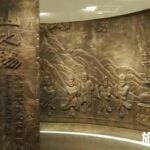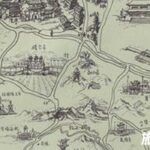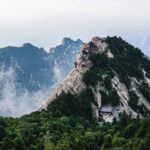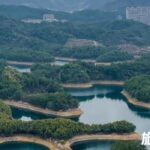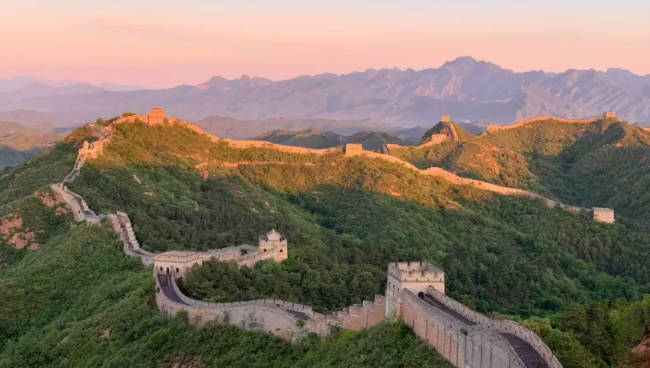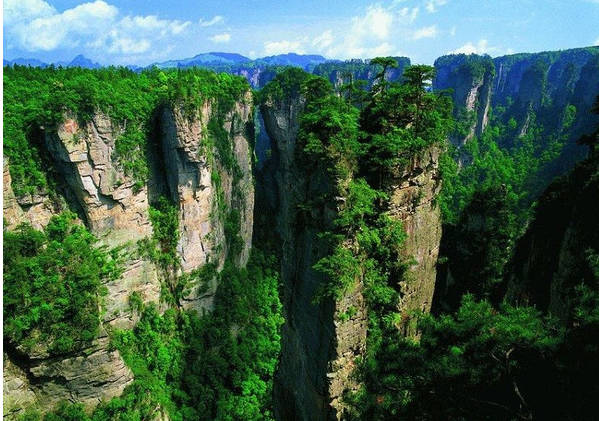Lijiang Ancient Town is located at the foot of Yulong Snow Mountain in the central part of Lijiang Basin, at an elevation of 2,416 meters. Founded at the end of the Song Dynasty and flourishing during the Ming and Qing Dynasties, it has nearly a thousand years of history. The town comprises three main parts: Dayan Ancient Town (including Black Dragon Pool), Baisha residential complex, and Shuhe residential complex, covering a protected area of 7.279 square kilometers, with Dayan as the main section. Historically, it has been a cultural and economic hub for various ethnic groups, including Han, Tibetan, Bai, and Naxi, and was a crucial location on the southern Silk Road and the Tea Horse Road. In Naxi language, it is called “Gongbenzhi,” meaning a village with warehouses and markets, rooted in the prosperous tea-horse trade. Recognized as a UNESCO World Heritage site, a national historical and cultural city, a civilized scenic area, and a 5A-level tourist attraction, Lijiang Ancient Town was included in the World Heritage List on December 4, 1997, due to its rich local ethnic features and the harmonious blend of nature.
Nestled in the beautiful scenery of Yunnan, Lijiang captivates with its charming architecture, winding rivers, and myriad bridges and alleys. The allure of Lijiang Ancient Town lies not only in its natural beauty but also in its unique cultural diversity. Unlike any other ancient city in China, it lacks walls and is thoughtfully designed to harmonize with nature. The Naxi people and other ethnic groups have developed a philosophy of “unity between heaven and humanity,” profoundly influencing the town’s atmosphere, fostering a lifestyle characterized by tranquility and respect for nature.
Culture is the foundation, lifeblood, and soul of Lijiang Ancient Town, captivating countless visitors. As the town undergoes a transformative upgrade, cultural preservationists are focusing on enhancing its status as a world cultural tourism city. They aim to explore, organize, protect, and promote the rich historical culture of Lijiang. By leveraging its cultural heritage and natural beauty, the town seeks to create new cultural brands in literature, art, and music, developing innovative cultural industries to inject fresh vitality into this ancient place. Efforts are underway to enhance tourism service quality, optimize management, and provide personalized and efficient services, ensuring that visitors feel secure and comfortable while enjoying their stay in Lijiang.
